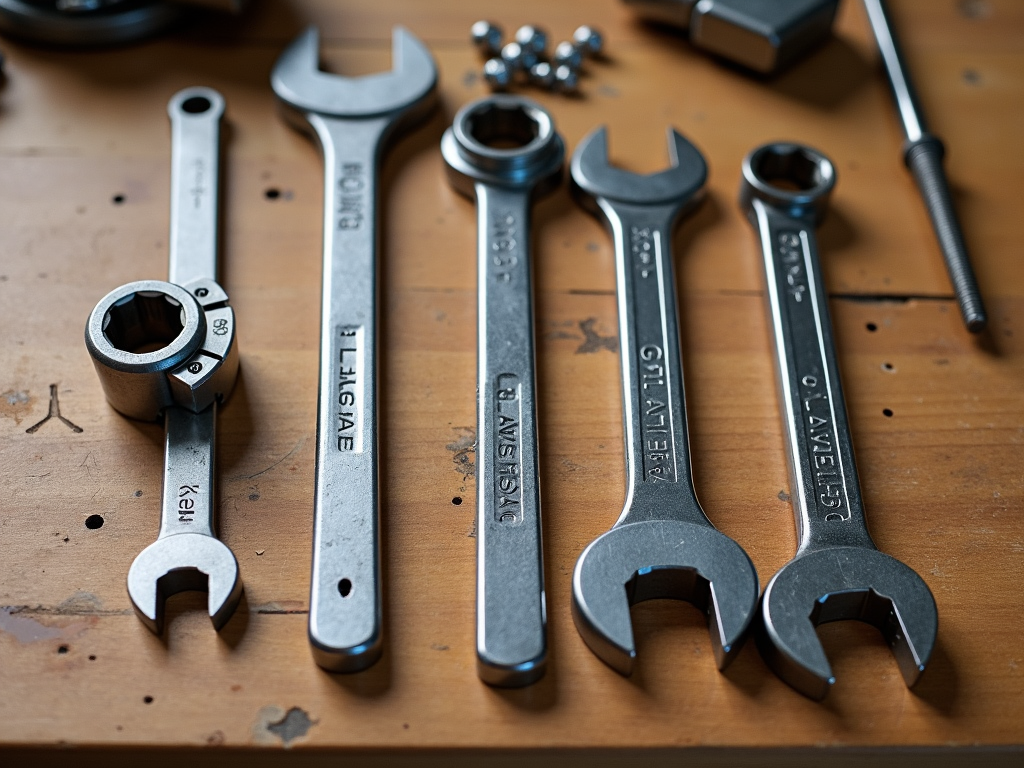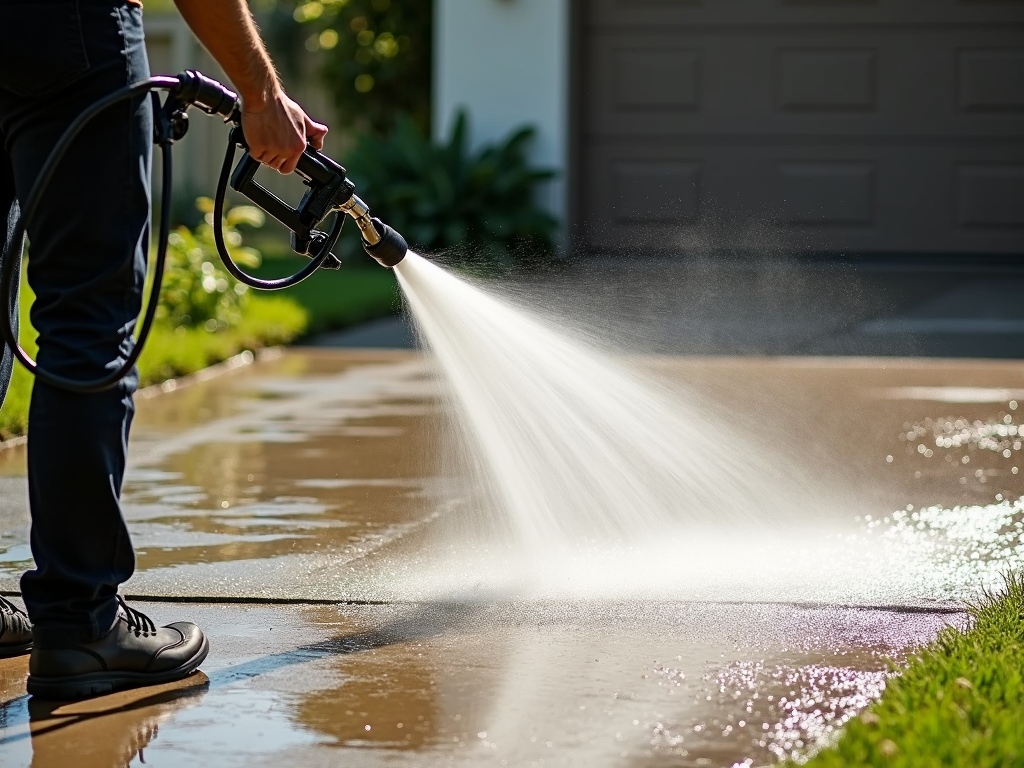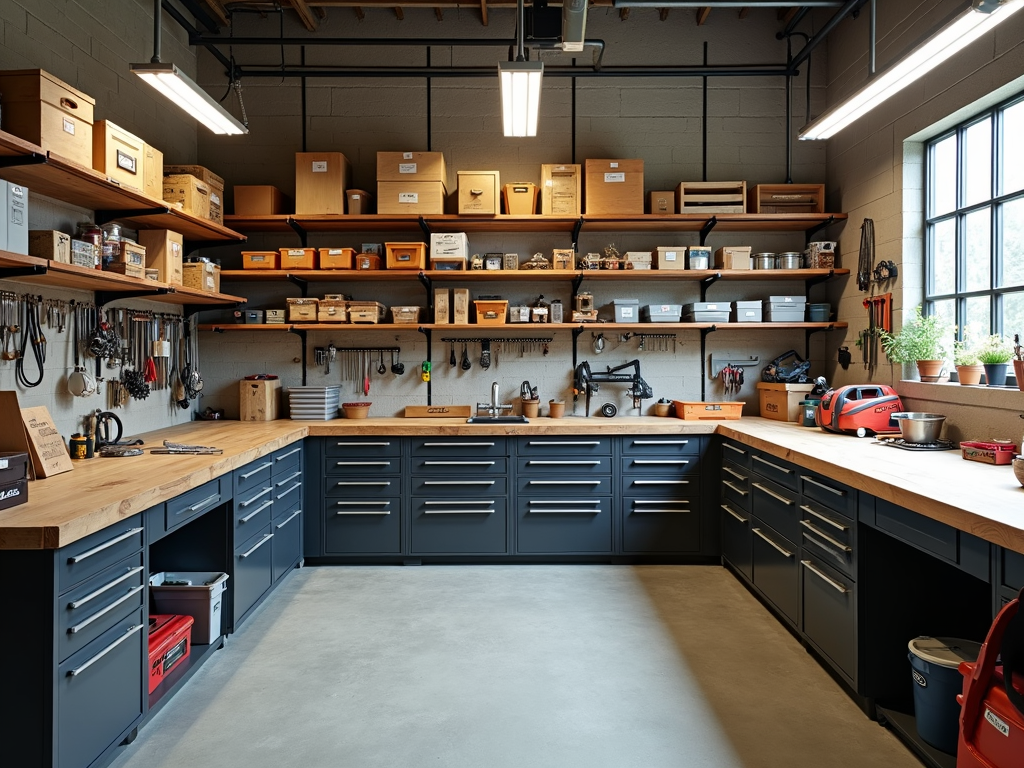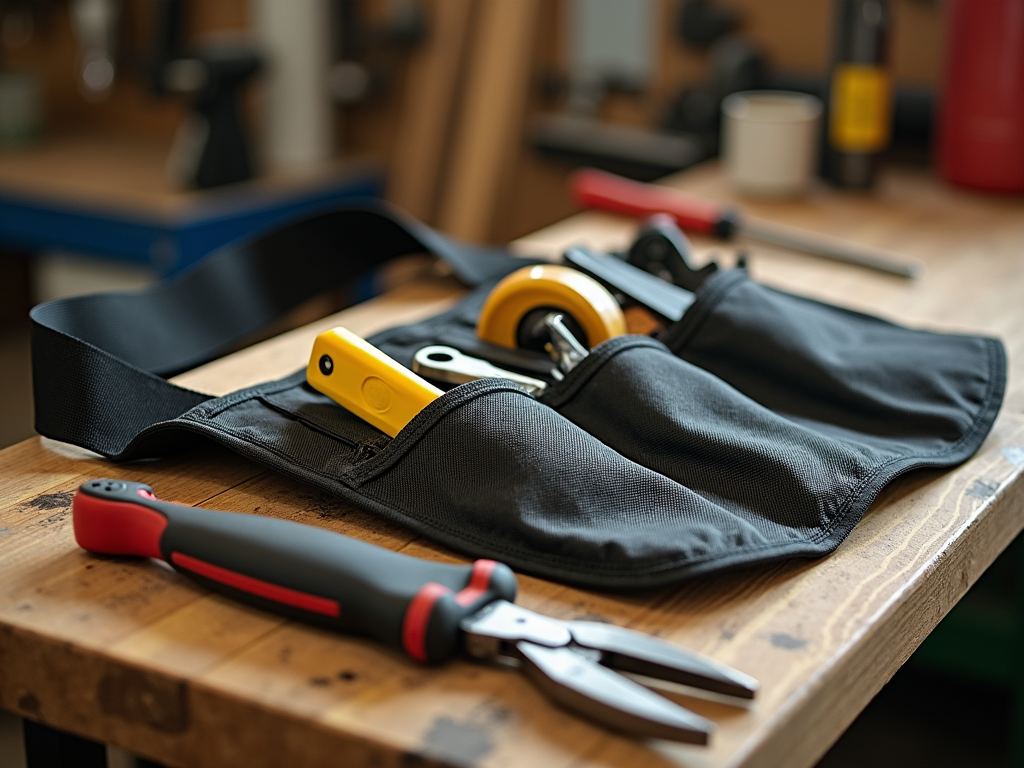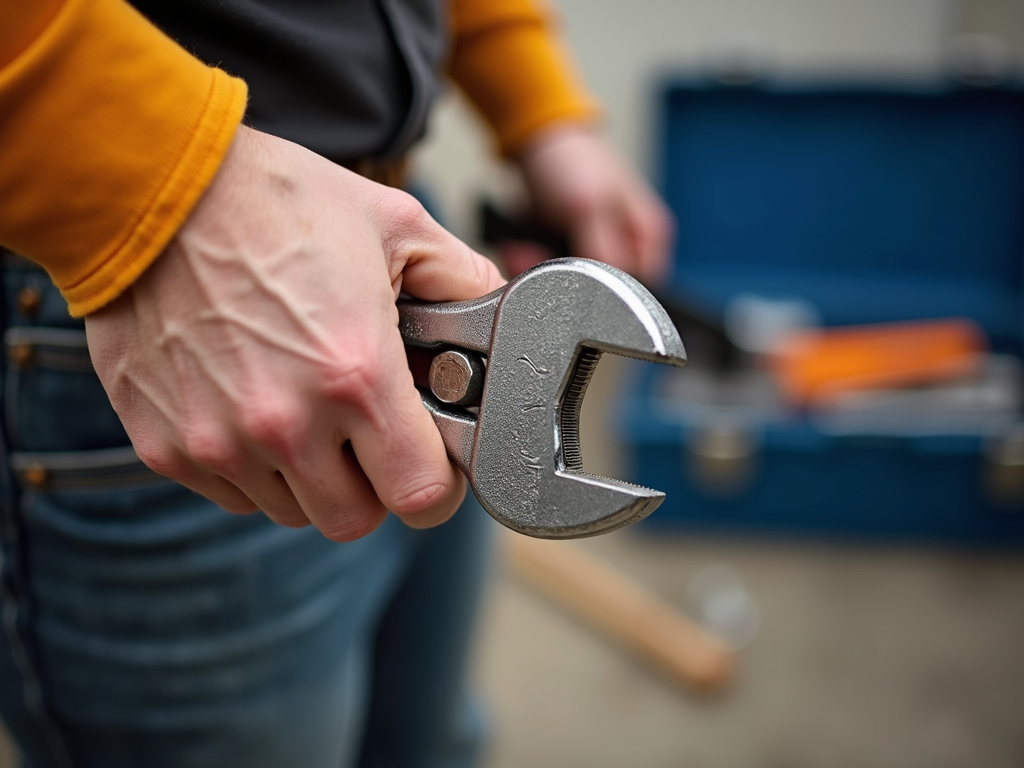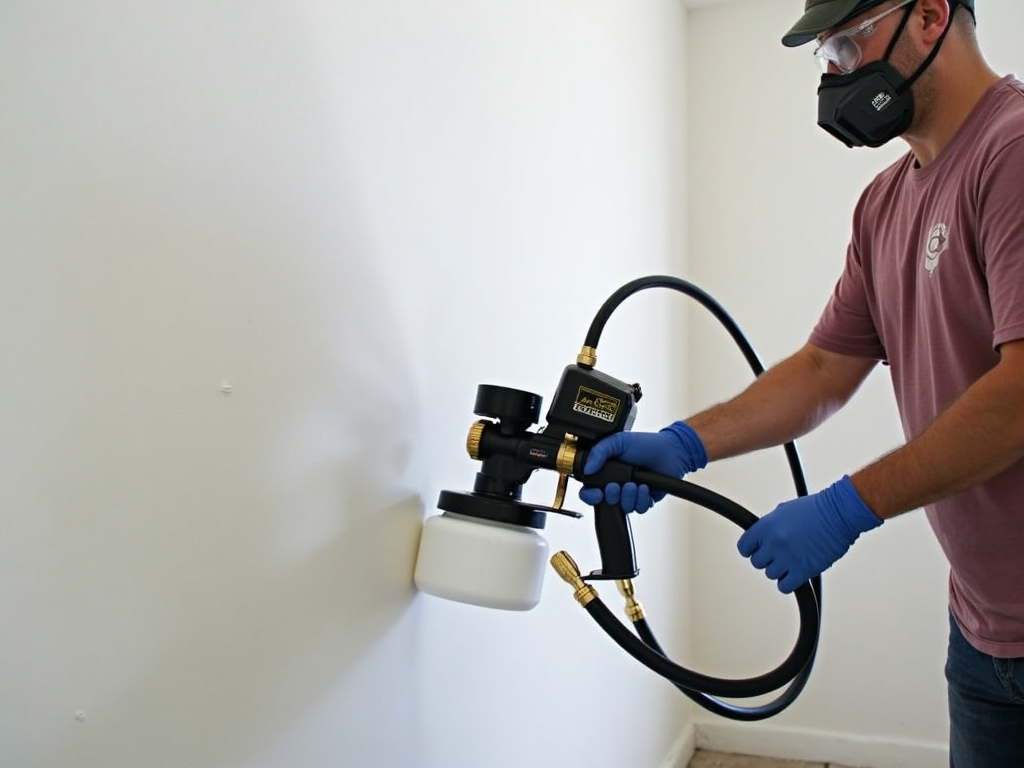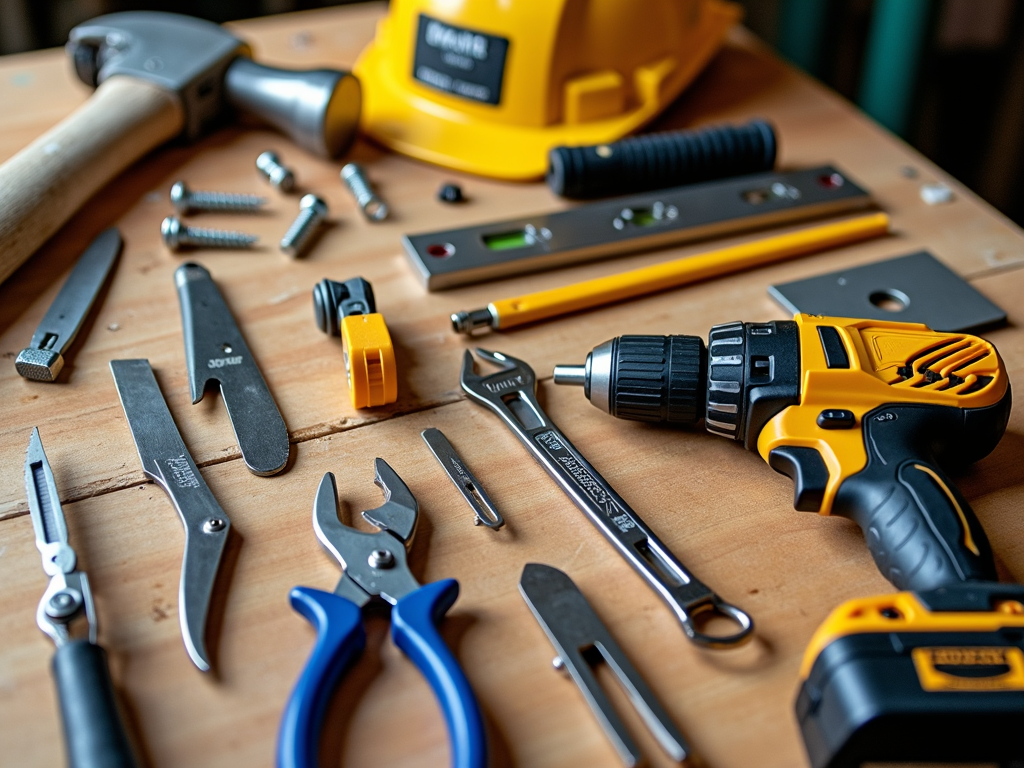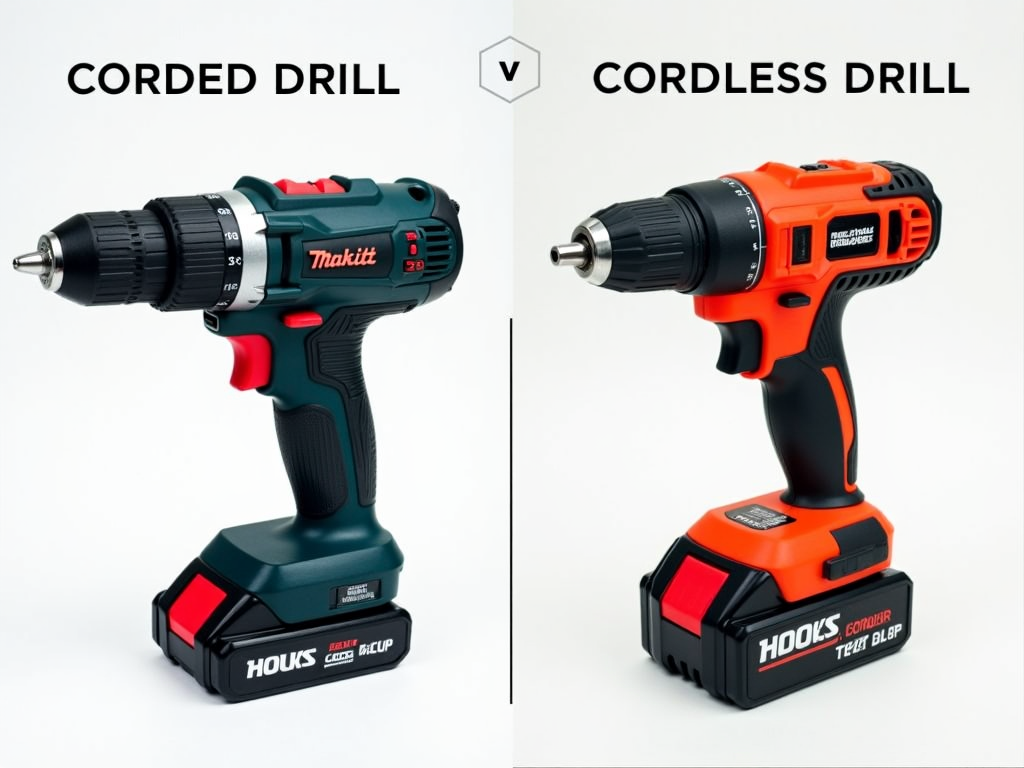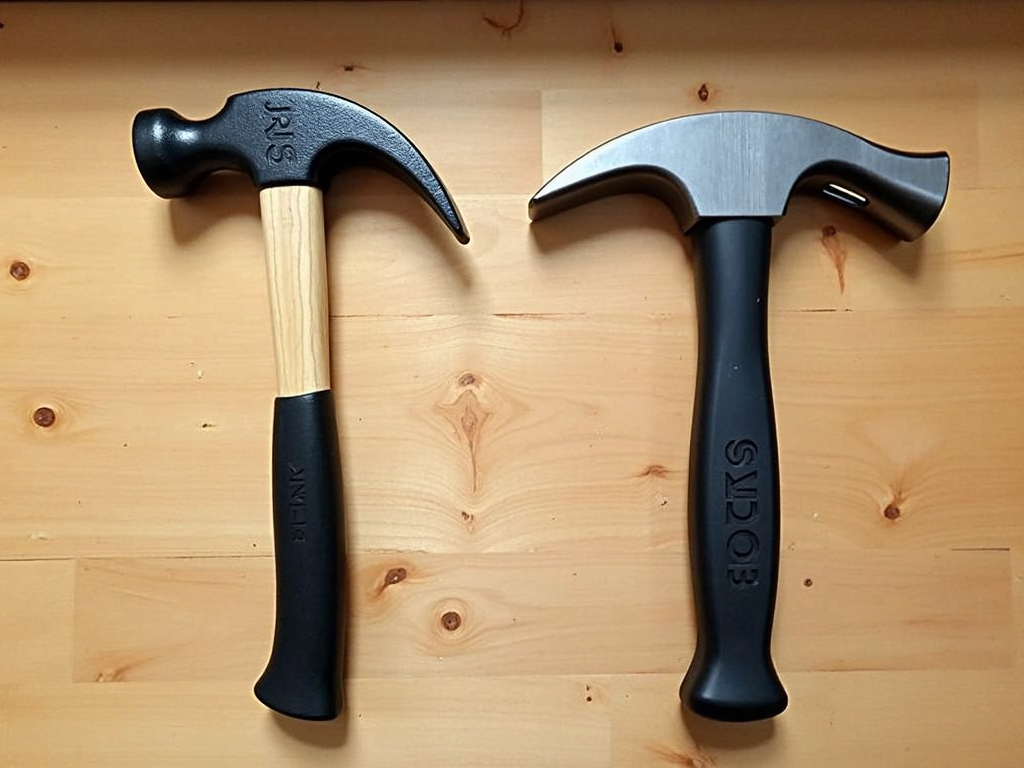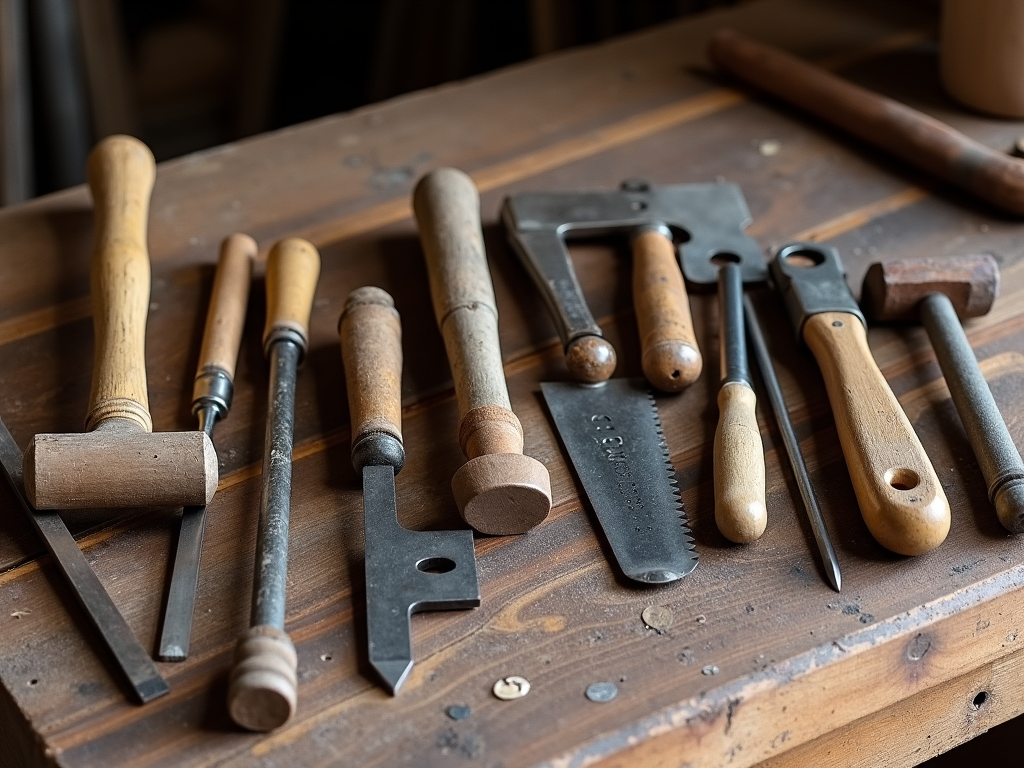Overview
DIY projects are a fantastic way to unleash your creativity, save money, and pick up new skills. If you’re new to this, starting with simple projects can boost your confidence. Plus, keeping your tools in good shape is key to success. This guide covers easy DIY projects for beginners and tips on toolbox maintenance to help you get started.
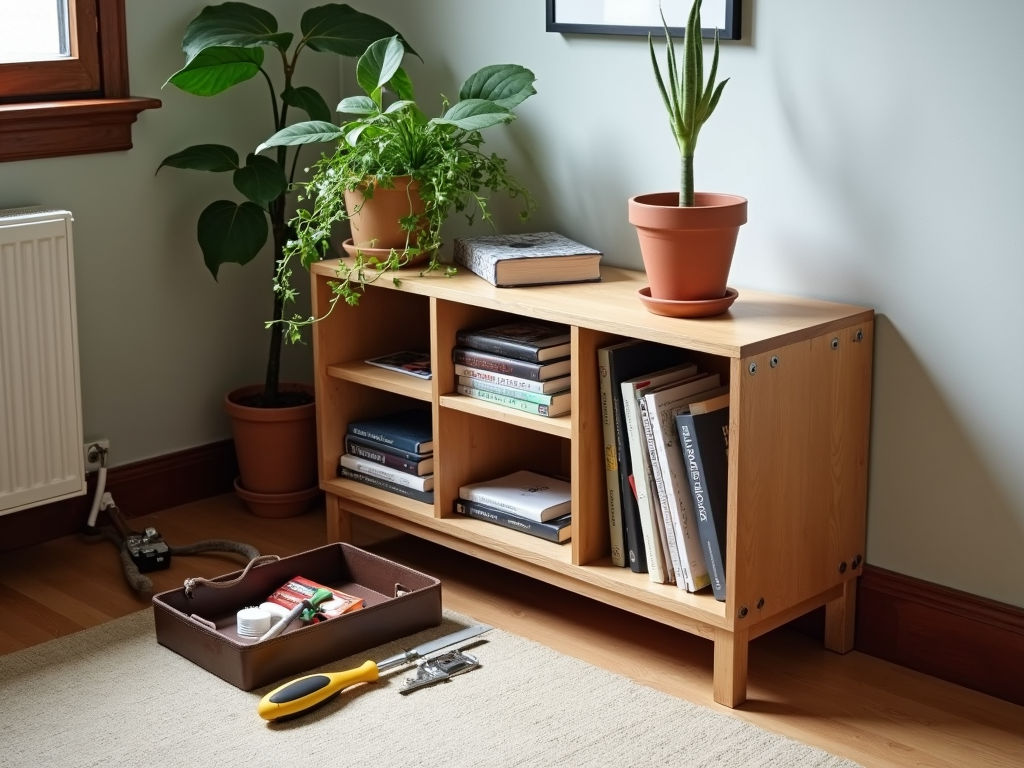
Building a Simple Shelf
One of the easiest DIY projects for beginners is making a shelf. It’s practical and lets you practice basic skills.
What You’ll Need: - Wooden board (cut to size) - Two shelf brackets - Screws - Wall anchors (for drywall) - Level - Drill - Screwdriver
Steps: 1. Pick a spot and mark where the brackets go. Use a level to keep it straight. 2. For drywall, add wall anchors for strength. 3. Screw the brackets into the wall with a drill. 4. Set the board on top and screw it to the brackets from below. 5. Check it’s level and secure.
I built my first shelf for my living room. It wobbled at first because I skipped the anchors, but fixing that made it solid. The pride I felt was worth it!
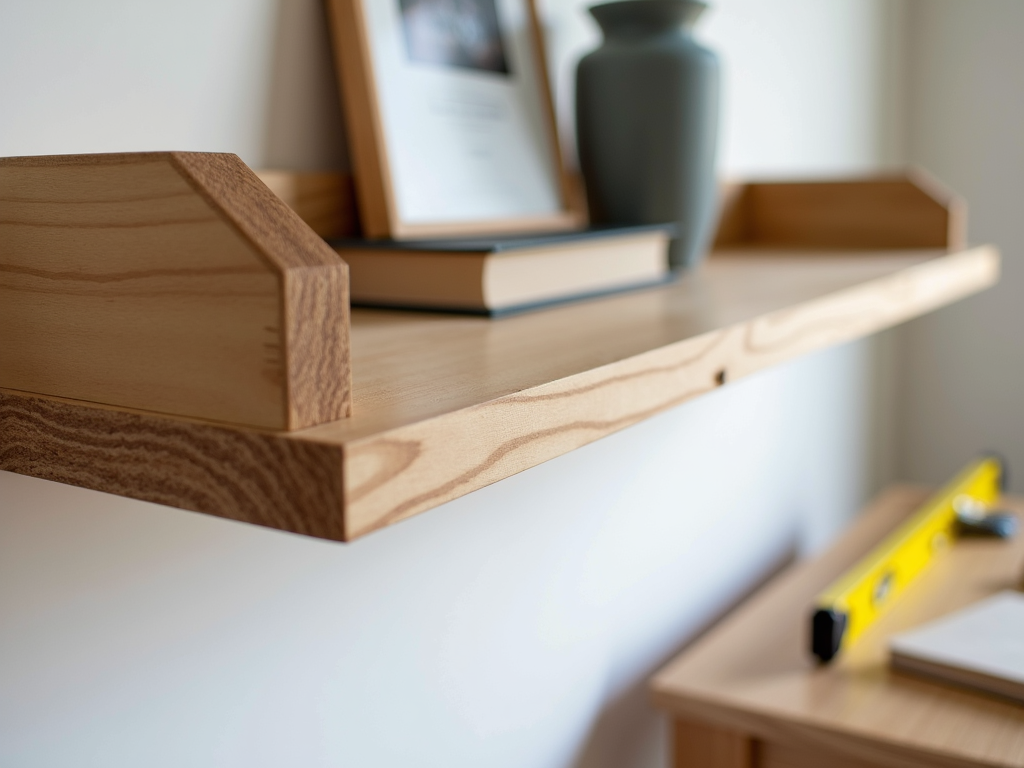
Making a Picture Frame
Crafting a picture frame is a fun way to display photos or art. It’s simple and rewarding.
What You’ll Need: - Wooden molding - Miter saw or miter box and saw - Wood glue - Clamps - Sandpaper - Paint or stain (optional) - Hanging hardware
Steps: 1. Cut four pieces of molding with 45-degree angles to form a frame. 2. Glue the corners and clamp them until dry. 3. Sand the edges smooth. 4. Paint or stain if you like, then let it dry. 5. Add hanging hardware to the back.
My first frame looked so polished that I gave it as a gift. It’s a great project to personalize!
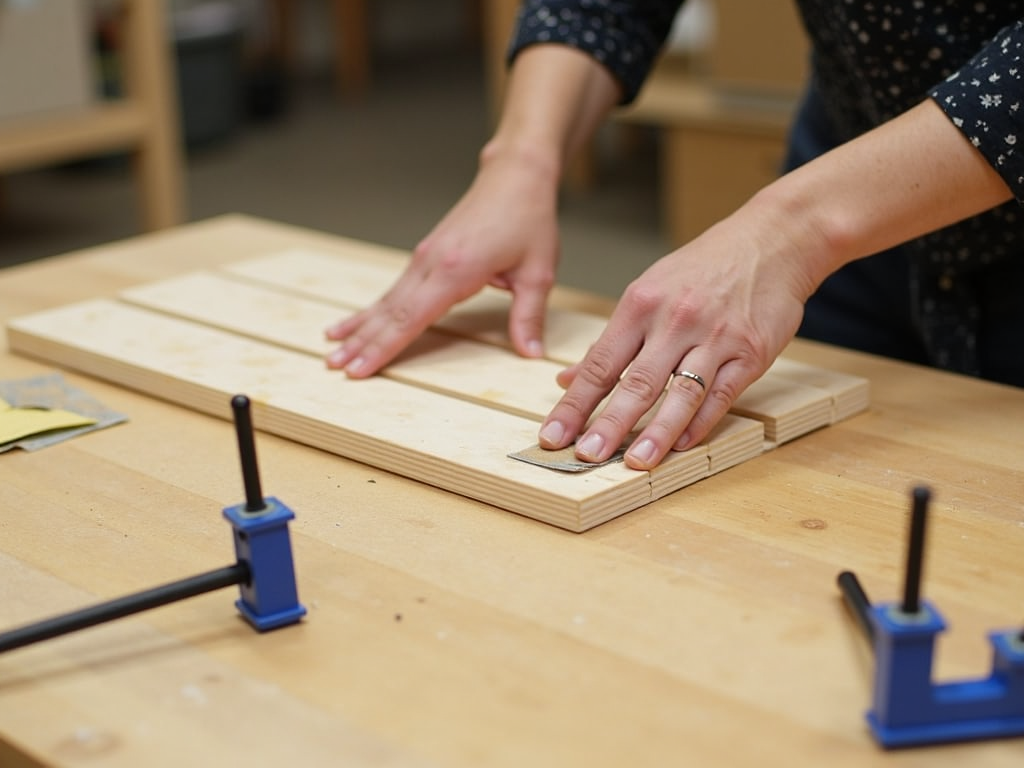
Creating a Birdhouse
Building a birdhouse is a charming project that connects you with nature.
What You’ll Need: - Wooden boards (cedar or pine) - Saw - Drill - Screws or nails - Hammer - Sandpaper - Paint (optional)
Steps: 1. Cut pieces for the front, back, sides, roof, and bottom. 2. Drill an entry hole in the front. 3. Assemble the sides, front, and back, then add the bottom. 4. Attach a slanted roof for rain runoff. 5. Sand it smooth and paint if you want. 6. Hang it up outside.
Seeing birds use my birdhouse was a thrill. It’s a small project with a big payoff.

Toolbox Maintenance: A DIY Guide
As you dive into DIY projects for beginners, maintaining your tools is a must. Good care keeps them working well and safe.
Why It Matters
Tools are your partners in DIY. Without care, they rust or break, which can mess up your work. I once had a rusty saw blade snag on wood—it was a mess and a lesson.
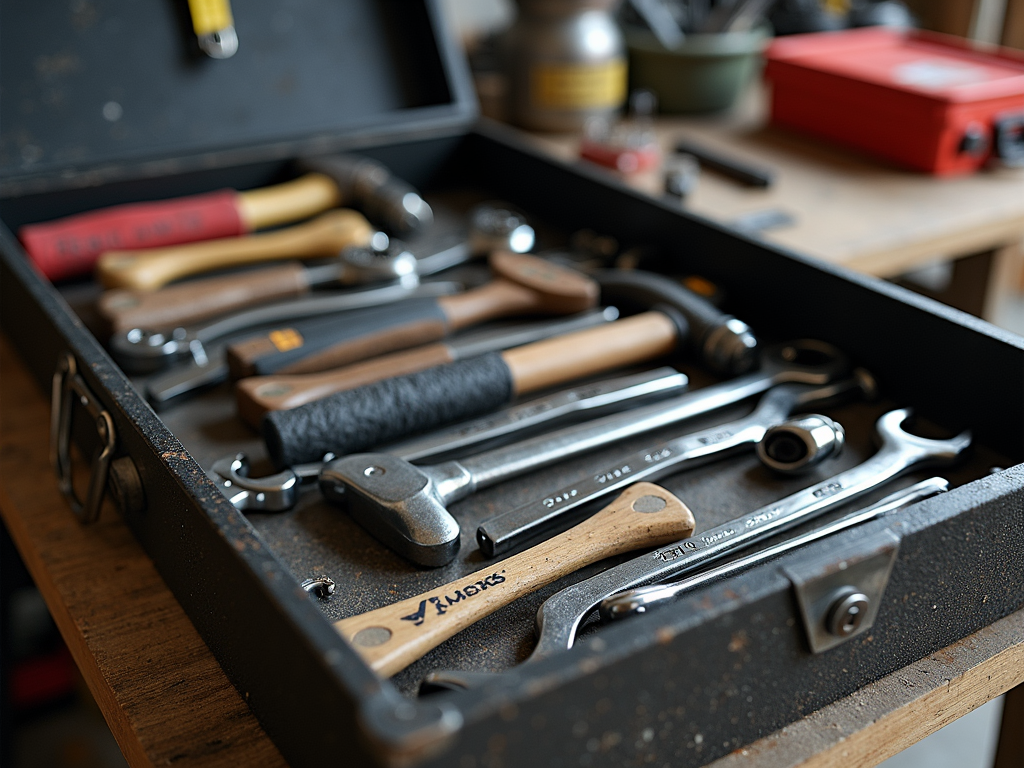
How to Clean and Store Tools
Keep your workman tools ready with these steps: 1. Wipe Them Down: After use, clean off dust with a dry cloth. Use a brush for tight spots. 2. Fight Rust: Scrub rust with a wire brush or sandpaper, then oil lightly. 3. Lubricate: Add oil to hinges or moving parts. 4. Store Smart: Keep tools in a dry toolbox or on a pegboard, not stacked up.
I learned this the hard way when a rusty hammer slipped. Now, I clean after every project.
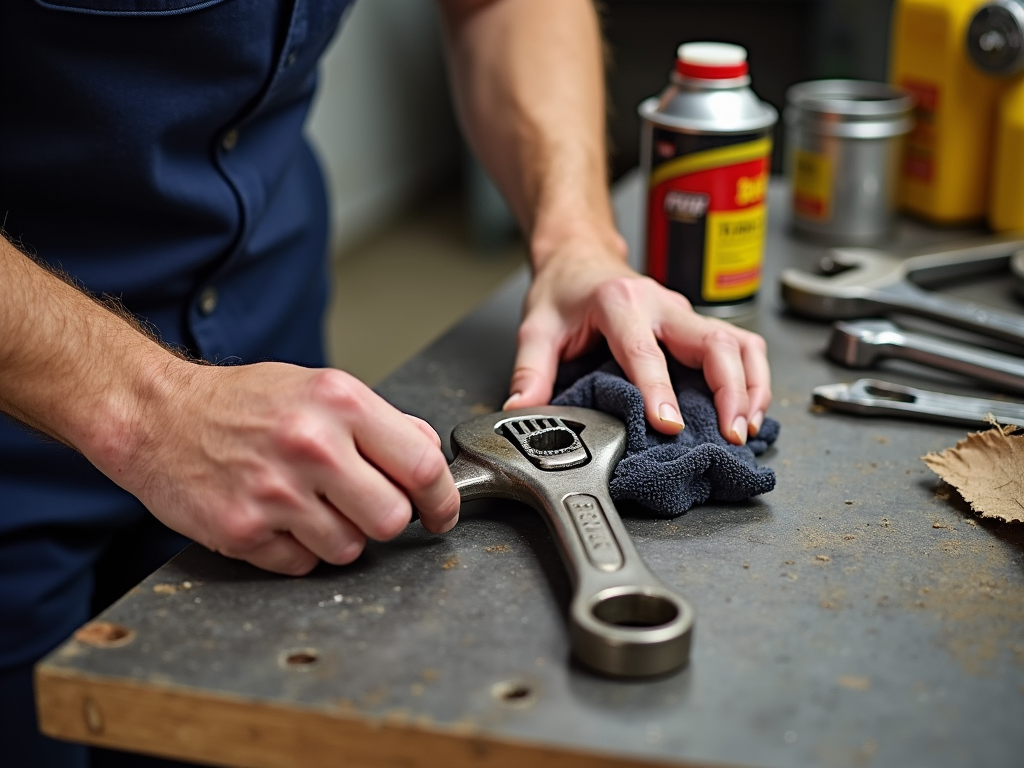
Workman Tool Maintenance Tips
Organizing your toolbox saves time and stress. Try these: - Group Tools: Keep screwdrivers together, wrenches separate. - Use Dividers: Trays or compartments for small bits like screws. - Label It: Mark sections for quick finds. - Declutter: Toss broken tools.
My toolbox used to be a jumble. Sorting it out made projects smoother and faster.
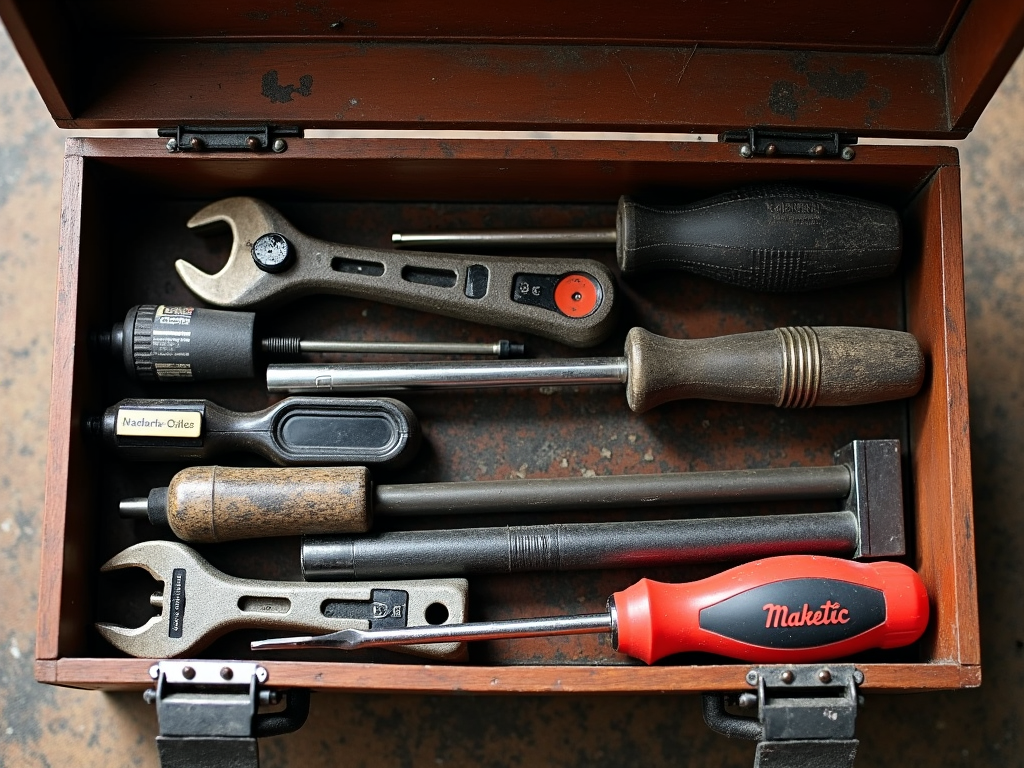
Summary
DIY projects for beginners are a great way to start creating. Simple builds like shelves or birdhouses build your skills. Pair that with toolbox maintenance, and you’re set for success. Keep your workman tools in shape, start small, and enjoy making things yourself!

Related DIY Projects for Beginners:
- How to Use Wrenches Safely: A Comprehensive Guide
- The Science Behind Power Washers: How They Work
- Top Workman Tools: Brands You Need to Know
- Advanced Techniques for Workshop Organization
- The Ultimate Guide to Tool Belts with Built-in Storage
- Essential Gear for New Contractors: Building Your Toolkit for Success
- 10 Must-Have Painting Tools for Faster Projects
- Top 10 Must-Have Tools for DIY Beginners: Your Essential Guide to Starting Strong
- Innovative Construction Tools: Boosting Efficiency on the Job Site
- Exploring the Latest Trends in Electrical Tools for 2023
- Why Ergonomics Boosts Efficiency: The Power of Ergonomic Hand Tools
- The Evolution of Power Tools: From Manual to Modern
